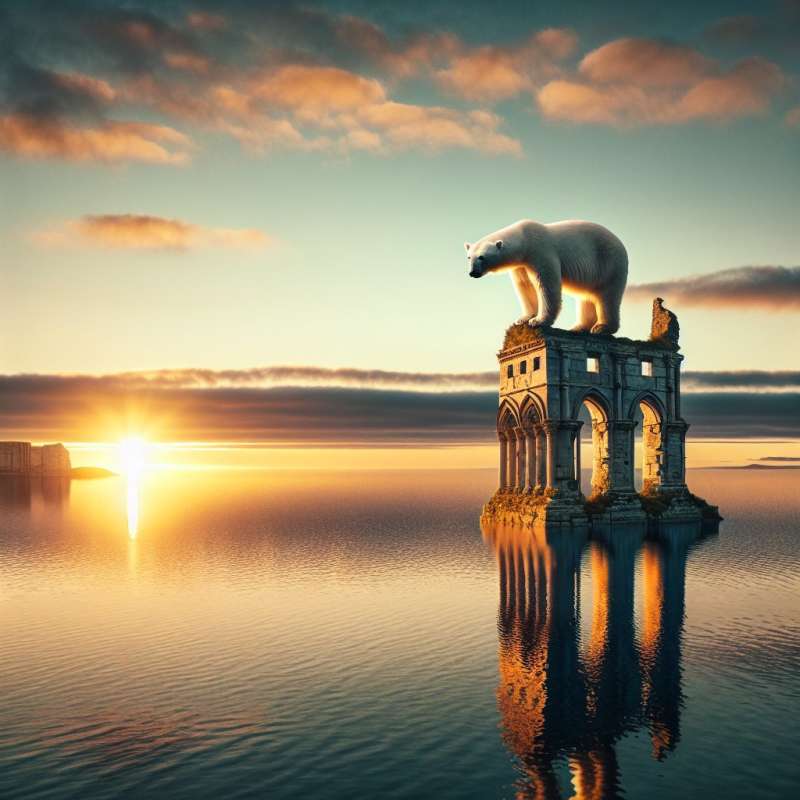
Ice Age Introduction
During the last Ice Age, massive glaciers covered about 30% of Earth's land. The immense ice sheets locked away vast amounts of water, significantly lowering global sea levels.
Sea Levels Plummet
Sea levels during the last Ice Age were about 120 meters lower than today. This exposed continental shelves and created land bridges, such as the famous Bering Strait bridge.
Climate Change Catalyst
As the planet warmed, ice sheets melted rapidly. This caused a dramatic rise in sea levels, a process called 'deglaciation', reshaping coastlines and submerging prehistoric settlements.
Underwater Secrets Revealed
Submerged landscapes hold clues to human prehistory. Archaeologists explore these underwater sites to uncover artifacts and fossils that reveal migration and settlement patterns during the Ice Age.
Ancient Coral Records
Coral reefs can act as historical records of sea levels. Growth patterns in fossilized coral indicate past water depths, providing insights into the rate of post-Ice Age sea level rise.
Current Sea Level Rise
Today's sea level rise is fueled by a combination of melting ice sheets, diminishing glaciers, and thermal expansion of seawater as the Earth's atmosphere warms—echoes of past climatic shifts.Ancient DNA Discovery
Scientists found 400,000-year-old DNA in underwater sediments, revealing Ice Age climate and life adaptations previously unknown.
What percentage of land did glaciers cover?
About 30% of Earth's land
Less than 10% of Earth's land
Over 50% of Earth's land
Company